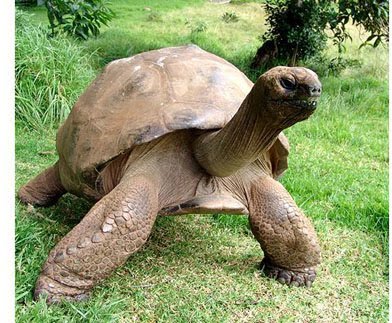Grey Peacock Pheasant
(Polyplectron bicalcaratum)
The peacock pheasants get their name because of the "eyes" or ocelli on their plumage. They are the smallest of the pheasants and because they are not as hardy as many of the other pheasant species, should have a heated shelter for the worst of our winter weather. We only use 120 watt tubular heaters. These give enough heat to keep the shelters frost free and are inexpensive to run. The Grey Peacock Pheasant does well in a small - medium sized aviary so would be fine for anyone with a smaller garden. We would not keep any of our birds in an aviary smaller than 12' X 12' but, although a bigger pen would obviously be better, this size would be adequate for a pair of Peacock Pheasants.
The Grey Peacock Pheasant starts to breed in late February - March with younger birds in their first breeding season usually being later than any older birds. They can sometimes breed in their 1st year but it is not unusual to have to wait until their second year to get fertile eggs. They only have two eggs in a clutch but will lay a few clutches in the season.
The peacock pheasants are among the most insectivorous of the pheasants enjoying all kinds of live food which they have on a daily basis. Our peacock pheasants also have a good helping of fruit with some grain and like all our birds they appreciate a few peanuts added to the ration. They also enjoy cooked egg and cat biscuits on occasion. We include plants in their aviaries which for at least part of the year encourage many insects into the lair. Some of the plants we use are: fennel, egg plant, nasturtium, clover, buddleia and many others especially native ones including weeds.
We have never had any problems pairing these birds as they are very docile and will always accept whatever partner they are given. They are lovely little birds which are not as delicate as they look. They certainly become much hardier after their first winter.
They can be quite tame eating from your hand and the cock puts on a wonderful display for his partner (and often guests to his aviary) showing off all his beautiful plumage. He spreads his wings and tail to their fullest behind him and leans forward with his crown feathers facing forward over his beak. He will also often raise his wings and tail in a side on display.
I'm sure these extremely endearing little birds would be a joy for any animal lover to keep.
Allandoo Pheasantry
Link: http://www.allandoopheasantry.com/grey_peacock_pheasant.html
Avian Web:
http://www.avianweb.com/vieillotscrestedfirebacks.html

No comments:
Post a Comment